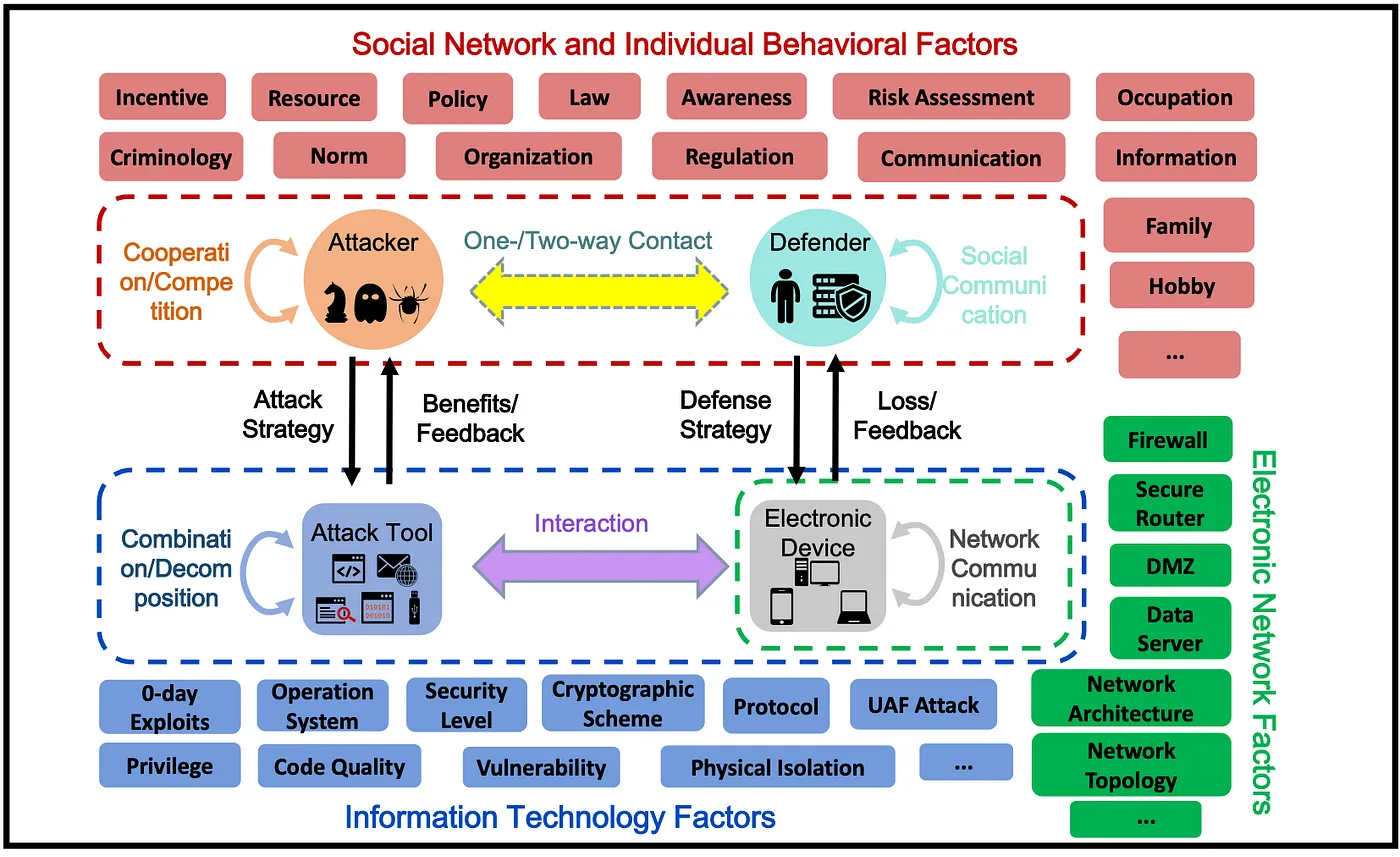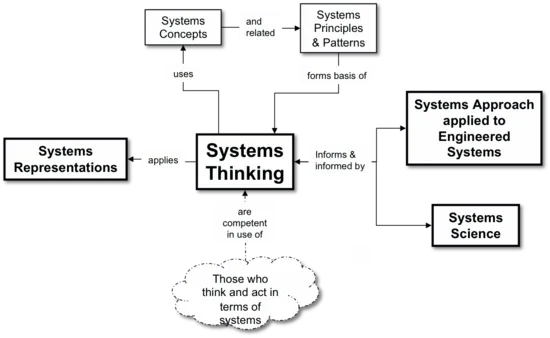Connected Leadership to Systems Thinking
At the time of writing this, I am taking a Coursea course on Connected Leadership that explores how to make changes from the individual, team, and system levels. It’s a recommended course for anyone who wants to improve their systematic thinking and learn how to think better.
Section 3 of the course is about systems thinking, and I am trying to understand how to apply these thinking approaches to daily life. The blog post from Ryan Delaney called Systems Thinking Examples In Everyday Life gave me some ideas on how to apply it to my career in the cybersecurity field.
This blog post is an attempt to reflect on applying systems thinking as a solution for securing digital assets from adversaries.
What is Systems Thinking in brief
Systems thinking is a holistic approach to problem-solving that focuses on understanding how different components of a system interact with each other and how they contribute to the overall performance of the system.
In today’s interconnected world, cybersecurity has become a critical concern for individuals, businesses, and governments alike. The traditional approach to cybersecurity often focuses on individual components, such as firewalls or antivirus software. However, a more effective and comprehensive strategy is to apply systems thinking to cybersecurity.
By understanding the interconnectedness of various components and their impact on the overall system, we can develop a holistic approach to protecting our digital assets.

Application of Systems Thinking on CyberSecurity domain
Identifying Interdependencies
In a cybersecurity context, it is crucial to identify the interdependencies between various components. For example, a vulnerability in one system can have a ripple effect on other interconnected systems. By understanding these interdependencies, we can assess the potential impact of a security breach and take appropriate measures to mitigate the risks.
Analyzing Feedback Loops
Systems thinking also involves analyzing feedback loops within the cybersecurity system. Feedback loops can be either reinforcing or balancing. Reinforcing feedback loops amplify the effects of a particular event, while balancing feedback loops help maintain stability. By identifying and understanding these feedback loops, we can develop strategies to strengthen the reinforcing loops and address any imbalances.
Considering the Human Factor
An essential aspect of systems thinking applied to cybersecurity is recognizing the role of human behavior in the system. Humans can be both the weakest link and the strongest defense in cybersecurity. Understanding how human actions and decisions affect the security of the system allows us to develop effective training programs, policies, and procedures to minimize human-related vulnerabilities.
Collaboration and information sharing
Systems thinking also emphasizes collaboration and information sharing among stakeholders. Cybersecurity is not just an individual responsibility but a collective effort. By fostering collaboration between organizations, sharing threat intelligence, and promoting best practices, we can collectively enhance the security of the entire system.
Risk Management Strategy
Systems thinking can help organizations develop a comprehensive risk management strategy that takes into account all potential threats and vulnerabilities. This involves identifying potential risks and assessing the likelihood and impact of each risk. By doing so, organizations can prioritize their security efforts and allocate resources effectively.
Continuous Improvement
Systems thinking also involves continuous monitoring and improvement of the security system. This means regularly reviewing the effectiveness of security controls and processes, identifying areas for improvement, and implementing changes as necessary.

Overall, applying systems thinking to cybersecurity can help organizations develop a comprehensive and effective security strategy that takes into account the interconnectedness of different security controls, processes, and technologies. By doing so, organizations can better protect their assets and respond to the evolving cyber threats that they face.
I recommend the website called The System Thinker to learn more of the use cases, tools and how to become an excel system thinker.
